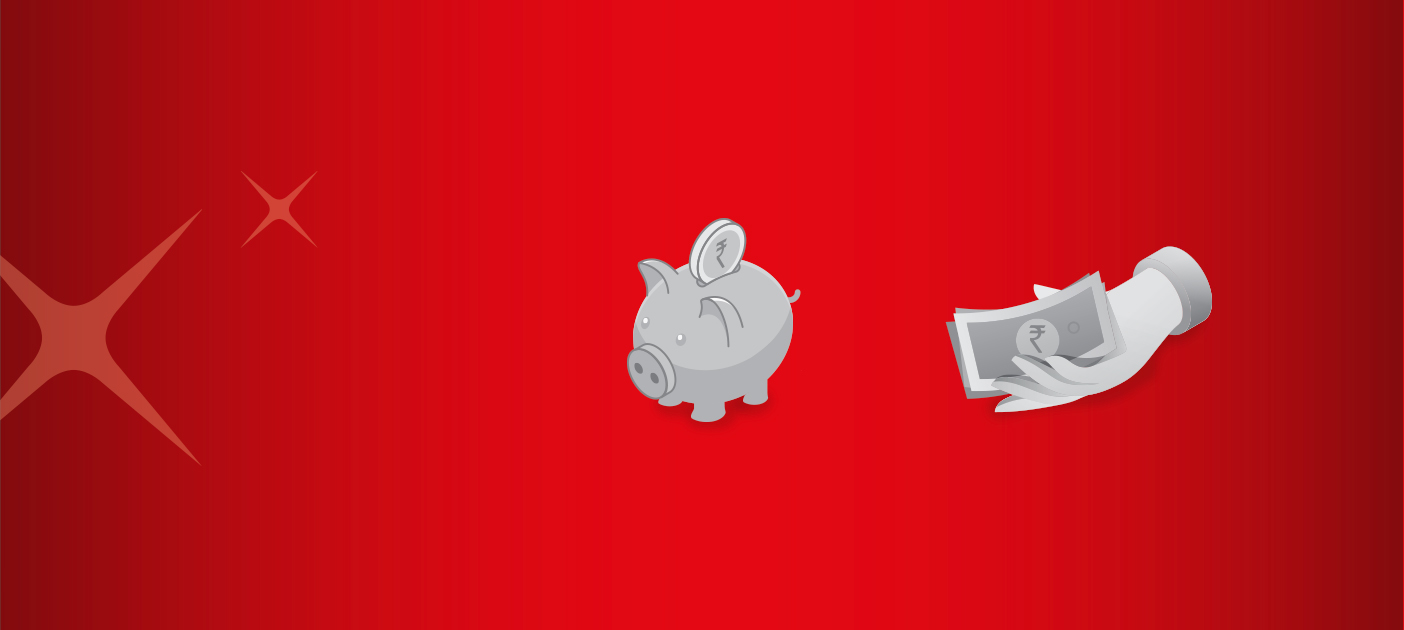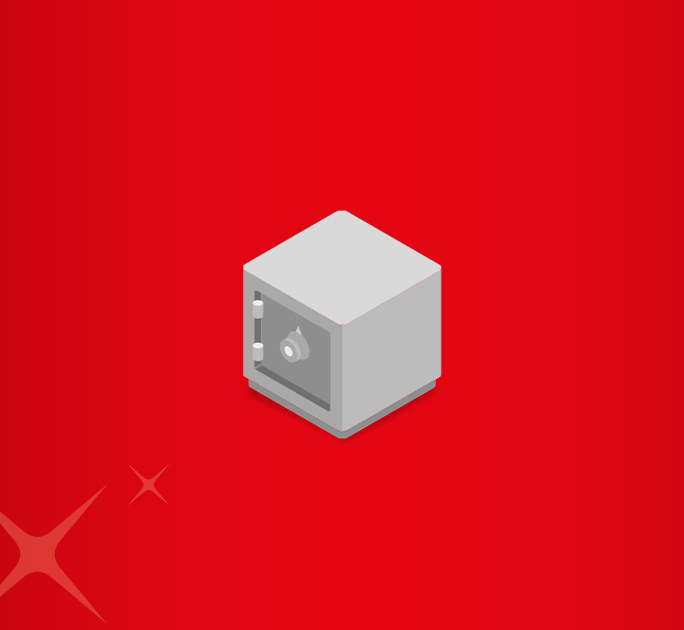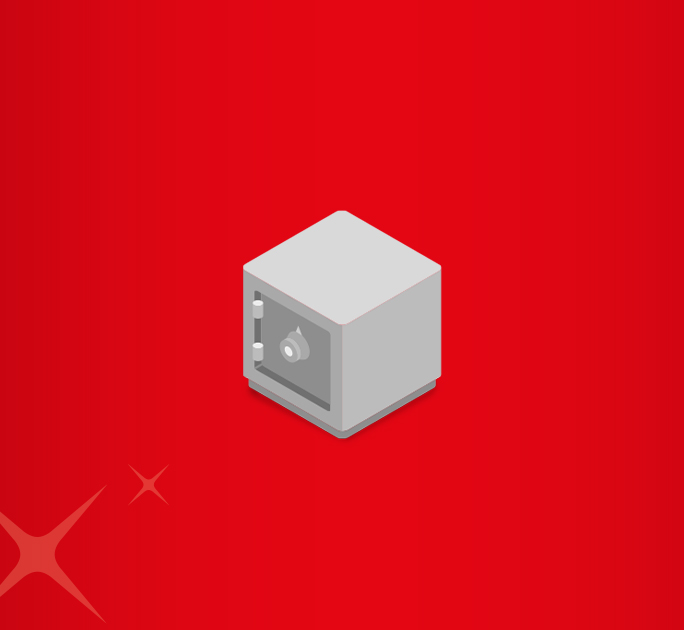- Save
- Invest
- Borrow
- Pay
- More
- Customer Services

Current vs. Savings Account: Which is Better?
Key Takeaways
- Banks provide various types of Savings and Current Accounts.
- Savings Accounts are for saving and growing money, while Current Accounts are for daily transactions.
- Current Accounts allow more frequent transactions than Savings Accounts.
- Savings Accounts can earn interest, but Current Accounts typically don't offer this feature.
- You can access overdrafts with Current Accounts and apply for personal loans with Savings Accounts.
- Opening both Current and Savings Accounts is quick and easy, requiring only basic documents.
Introduction
You've probably heard the adage, "Take care of the pennies and the pounds will take care of themselves." While this English proverb might be century-old, it remains relevant to one’s approach to managing finances.
Many people tend to keep cash at home, but storing your money in a bank account is generally safer and more convenient. Banks offer easy access to your funds through ATMs, online banking, and mobile apps. Plus, they enable you to grow your corpus over time through interest.
On top of security and access, banks come with a variety of perks: internet banking for quick bill payments, mobile banking for on-the-go transactions, and even rewards programs that earn you cashback or points.
Now, with all these benefits, you might be wondering - which type of bank account is best for you? Most people have two options: Savings Accounts and Current Accounts. In this article, we'll compare these accounts, including their definitions and major differences. We’ll also discuss their similarities, so you can choose the right fit for your financial goals.
What is a Savings Account?
As the name suggests, a Savings Account is one where you can park your excess money or your savings. It allows you to deposit money that you don't need immediately but may need in the near future. Each time you deposit money into this account, your savings grow. Additionally, you earn interest on your savings, which is usually calculated annually or semi-annually, with interest rates varying among banks. Generally, these rates range from 3% to 5.5% on your savings.
With DBS Bank, you can open a Savings account in a snap using the digibank by DBS app. Moreover, you get 5X benefits through exclusive offers, memberships and vouchers. You can even explore our different types of savings accounts such as DBS Bank Savings Account, Growth Savings Account, Growth Plus Savings Account, and DBS Bank PRIME Savings Account.
Benefits of Savings Accounts
Here are some of the top benefits of Savings Accounts:
- With Savings Accounts, you can access or withdraw your money whenever you need it. This makes them an ideal choice for emergencies or short-term goals like a down payment on the car, house maintenance, or vacations.
- Savings Accounts usually earn interest on your deposits (from 3% to 5.5%), helping you grow your corpus over time.
- Your money is safe in a Savings Account, protected by the bank and often insured.
- Savings Accounts make managing your money easy with features like online banking and automatic transfers.
- Having a Savings Account encourages you to save regularly and build a healthy financial future.
What is a Current Account?
If you run a business, be it a retail shop, a grocery store, or a multi-national company, managing daily cash flow (withdrawing and depositing large amounts of funds) is crucial. To facilitate such transactions, you need a Current Account. Unlike Savings Accounts, Current Accounts are non-interest-bearing accounts (don't earn interest) but come with high daily deposit and withdrawal limits. With a Current Account, you get access to several financial tools such as short-term loans, overdraft facilities, and more to help you sustain and grow your business.
Benefits of Current Accounts
- Current Accounts offer high liquidity and transaction limits, giving you easy access to your funds whenever needed. This makes them perfect for everyday expenses, paying bills, and withdrawing cash.
- They often come with an overdraft facility. This facility can help cover short-term cash shortages, avoid bounced checks, and ensure smooth financial operations.
- For businesses, Current Accounts are crucial for handling daily transactions, receiving customer payments, and managing regular payments to suppliers and staff.
- They also provide detailed transaction records to simplify financial management, budgeting, and tax preparation.
- They also facilitate setting up automated bill payments through direct debits and standing instructions and minimise manual effort.
- Additionally, Current Accounts often come with business-specific benefits like business cheques, specialised online banking platforms, and merchant services for accepting card payments.
Current vs. Savings Accounts - Key Differences
Now that we know the fundamentals of Current and Savings Accounts, let’s understand their differences.
There are primarily six differences between these two types of bank accounts, which include:
-
The Purpose
Savings Accounts and Current Accounts serve different purposes.
Savings Accounts allow individuals to save and grow their money. Banks offer an incentive in the form of interest on the savings parked, which helps build a corpus. On the other hand, Current Accounts are designed to conduct everyday business transactions without hassles. They often come with features like loan extension and overdraft facilities to give you flexibility in case you have a shortage of funds.
-
Transactions Permitted
Savings Accounts generally come with certain specific limitations when it comes to transactions. For instance, you can withdraw funds from your account at ATMs and bank branches only a certain number of times per month, typically ranging from 3 to 5 times, depending on the banks.
If you exceed the number of transactions permitted or use other bank ATMs beyond the permitted limit, the bank may charge a penalty fee.
As for Current Accounts, there are no caps or restrictions on deposits or withdrawals. You can withdraw money multiple times a day without any hassle.
-
Balance Maintenance
Another difference between a Savings Account and a Current Account is the requirement for balance maintenance. Your bank typically requires you to maintain a specific amount in your Savings Account consistently to keep it operational. This balance can range from as little as INR 500 to over INR 10,000, depending on the bank. With Current Accounts, you must maintain higher balances, which may be higher than INR 50,000 or INR 100,000 at all times, depending on the account type.
-
Borrowing Money
Current Account holders can utilise the overdraft facility to withdraw more money from their account than their actual balance. If a Savings Account holder needs more money than their balances, they can apply for a Personal Loans. If you already have a Savings Account with the bank, you can get Personal Loans quickly.
-
Interest Rates
In a Savings Account, the account holder earns interest on their savings. However, in a Current Account, you don't receive interest payouts because the deposited funds are primarily used for business transactions rather than being held for saving purposes.
-
Opening the Account
Regardless of the type of account you choose, the requirements to open it are generally the same and the process is quick.
In most cases, you'll need a valid ID and address proof such as PAN card, Aadhaar card, Passport, driving license, etc., which carries identity and address details as per RBI guidelines. However, it's important to note that some premium Current Accounts may require additional requirements to open them.
Plus, many banks now allow you to conveniently open both Savings and Current Accounts directly through their mobile app, saving you a trip to the branch.
Current Accounts vs. Savings Accounts: A Comparison Table
Here’s a table summarising the difference between Current Accounts and Savings Accounts:
|
Factors |
Current Accounts |
Savings Accounts |
|
Interest |
No interest |
Modest interest |
|
Purpose |
Conduct everyday business transactions |
Save and grow money |
|
Required Balance |
Higher balance maintenance, often for business purposes |
Low balance requirement |
|
No. of Transactions |
No caps or restrictions |
Limited withdrawals, may incur additional fees/charges |
|
Opening Process |
Some premium accounts may have additional requirements |
Simple requirements, quick process |
|
Suitable for |
Business Owners |
Individuals |
Similarities Between Current and Savings Accounts
After exploring the differences between Current Accounts and Savings Accounts, let's discuss their similarities.
- Both Current and Savings Accounts are designed to address your financial needs and help you manage your money.
- Both accounts come with basic facilities like internet banking, ATM-cum-debit cards, individual and joint account facilities, etc.
- There's no prescribed limit on the amount you can deposit into either account.
- You can choose from an array of Savings and Current Account types.
Open Savings Account
in 3 easy steps
Aadhar Card + PAN Card + Video KYC
= Account opened!
Current Account vs. Savings Accounts: Choosing One
Understanding your financial goals and transaction needs is essential before choosing between Savings and Current Accounts.
Opt for a Savings Account to accumulate corpus, create an emergency fund, or fulfil specific financial objectives (like your child's college fees, home repairs, retirement fund, etc). Although it usually yields modest interest rates, it's directed towards long-term saving. However, keep in mind that Savings Accounts often limit the number of transactions you can make each month. This makes them less suitable for everyday spending.
A Current Account is better suited if you require an account for daily financial transactions such as bill payments, purchases, or income receipts. It allows easy access to your funds and is ideal for people who run small businesses or need flexibility in managing their daily financial needs.
The decision between a Savings and a Current Account doesn't just end at their purpose. You should also consider the associated maintenance fees and interest rates. Savings Accounts generally have lower fees and offer some modest interest. On the other hand, Current Accounts may include higher fees and offer minimal to no interest.
Take Away
Now that you know the differences between a Savings Account and a Current Account, you can opt for one that best suits your requirements. You can also maintain both types of accounts, customising each to meet your unique financial requirements.
Remember to select a bank that offers access to your account through different portals, including internet, mobile, and SMS banking, UPI transactions, international ATM-cum-debit card, and additional services.
Frequently Asked Questions
-
Can I switch my Current Account to a Savings Account?
You can't switch a Current Account to a Savings Account or vice versa because they offer unique features, services, and advantages.
-
Can I transfer money from my Current Account to my Savings Account?
Yes, transferring money from your Current to your Savings Account is usually easy. You can do it via online banking, mobile app, or even ATM (if your bank allows) .
-
Who cannot open a Savings Account?
Generally, as long as valid KYC documents are provided and the bank's due diligence process is satisfied, an account can be opened. For further details, you can refer to your bank’s guidelines or contact their customer support.
Get started with seamless money transfer with DBS Bank. Download the app now and send money to your family from anywhere!
*Disclaimer: This article is for information purposes only. We recommend you get in touch with your income tax advisor or CA for expert advice.















